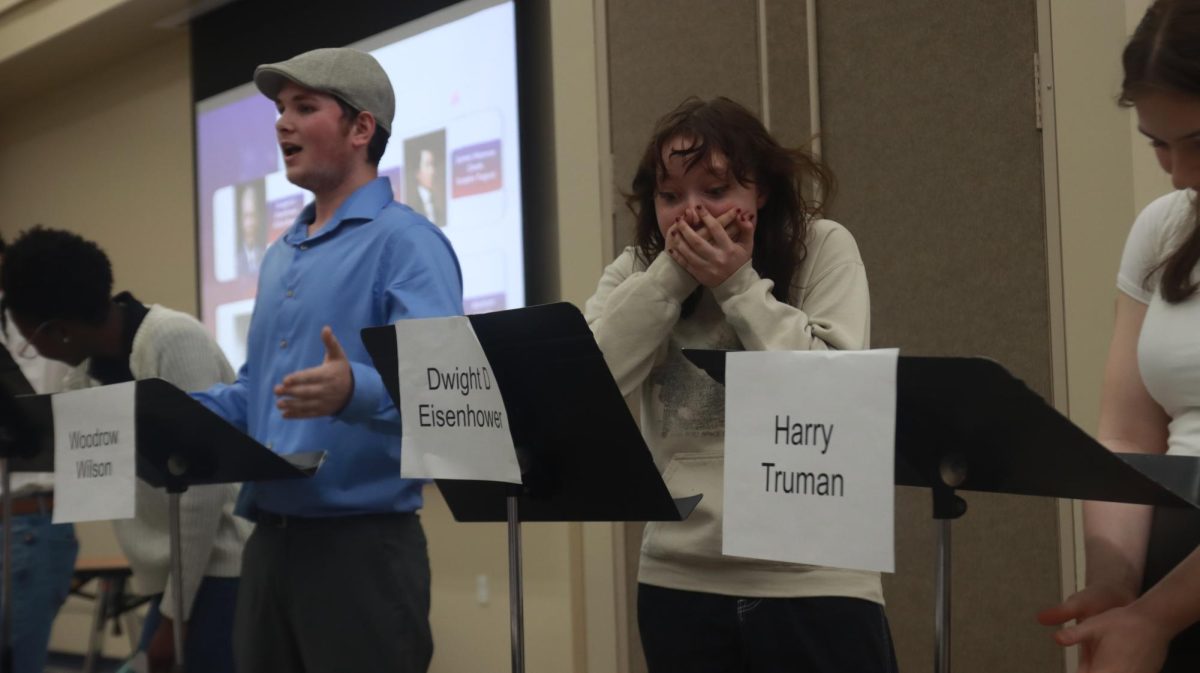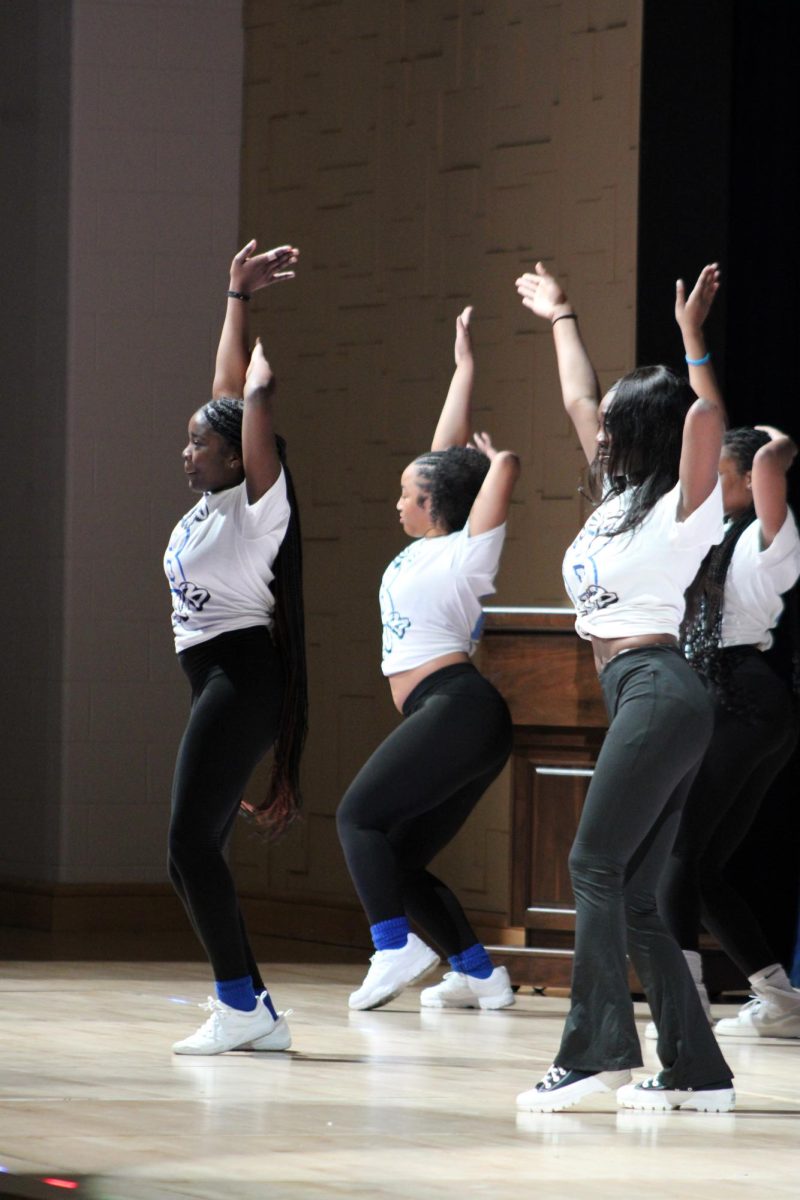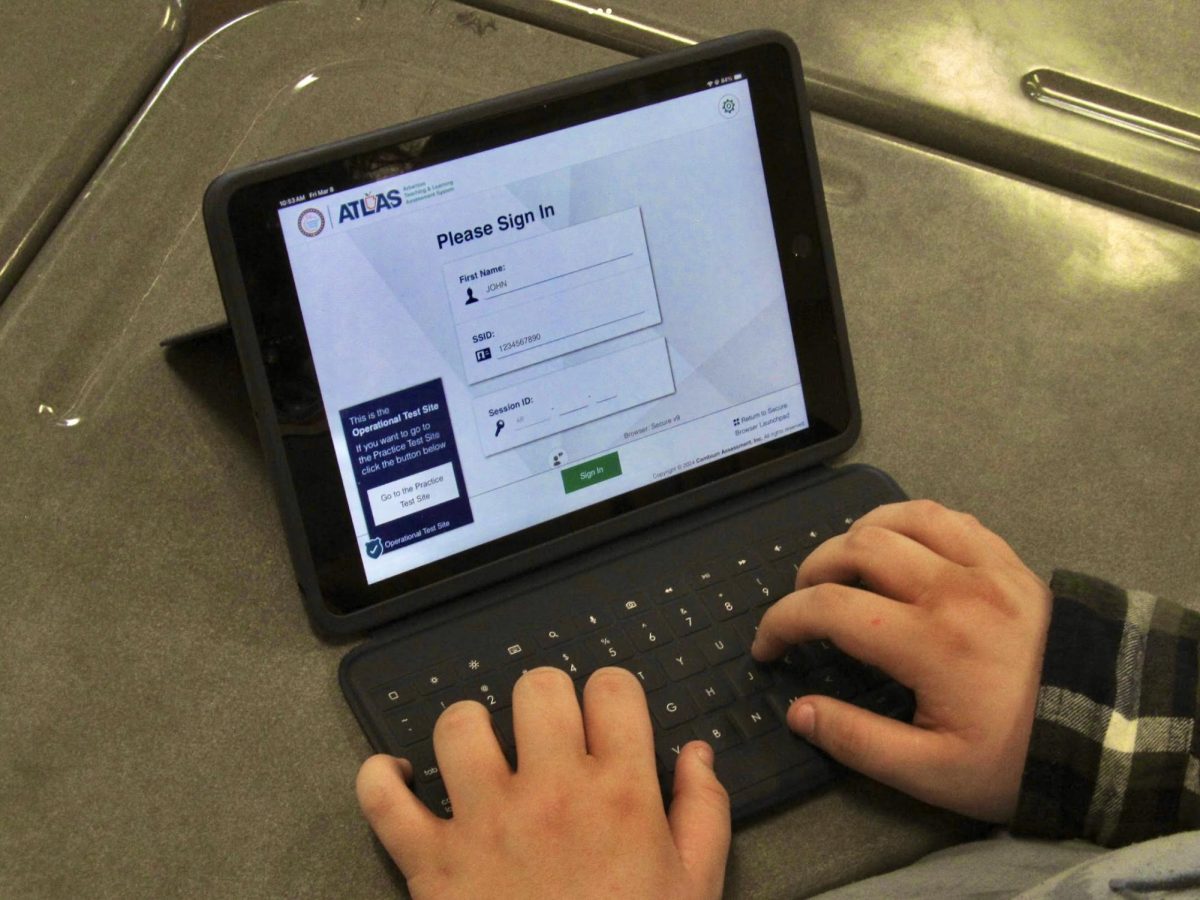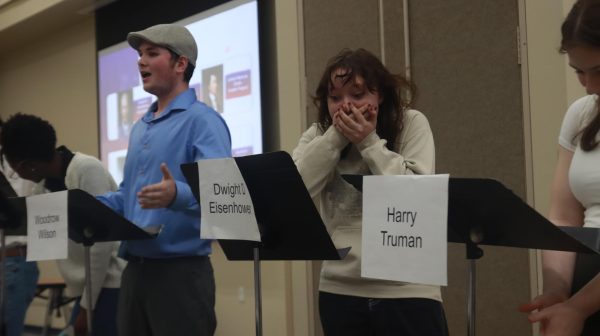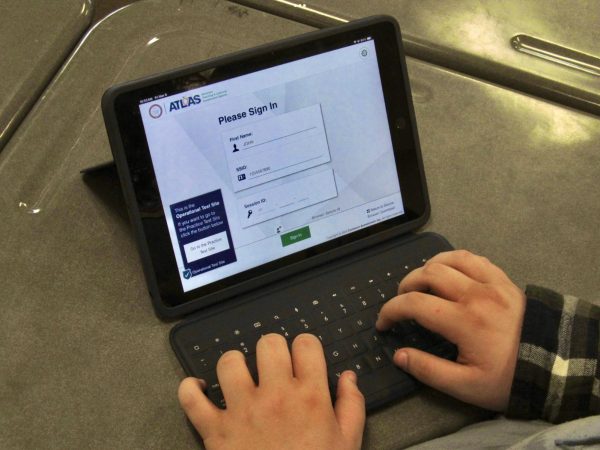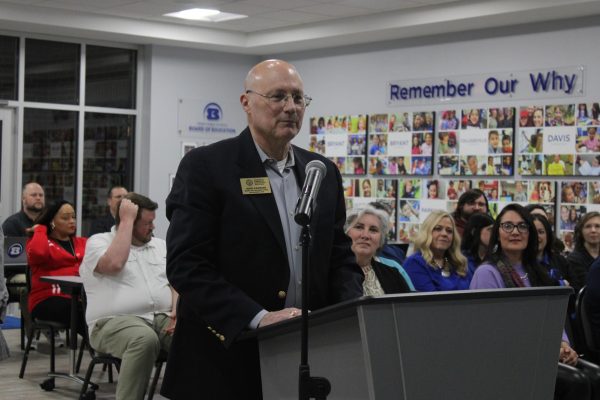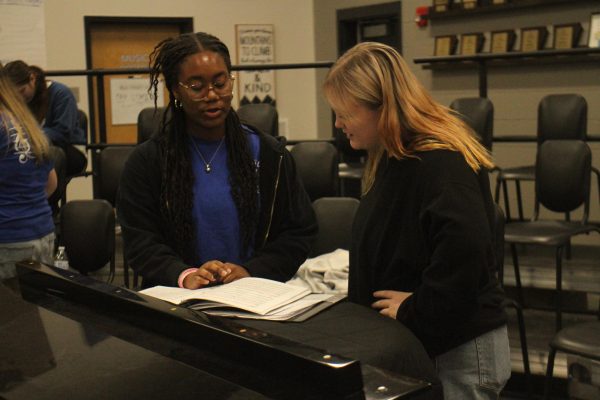Millage Returns
This infographic originally appeared in black and white on page 5 of volume 25, issue 4 of the Prospective.
February 10, 2017
This is the full edition of the story published in volume 25, issue 4 of the Prospective.
March. 10, 2015: The date of the last vote to raise the Bryant millage, a property tax that funds public schools. If voted into effect, the millage would have raised by 4.9 mil. The district would have used the funding to renovate campus’s oldest buildings, such as the south campus cafeteria and Love Auditorium. Talks about building a new elementary and middle school were ongoing. The average homeowner would have seen an approximate $142 increase in property taxes per year.
It was announced the night polls closed that the millage increase had failed by exactly eight votes.
The failure was the second in less than a one-year span, following the Feb. 2014 defeat of a proposed 4.7 mil raise.
The millage referendum will be revisited March 14 of this year, this time as a 3.6 mil increase.
The day after the 2015 vote-down, Human Anatomy teacher Janet Watson sat quietly in her room. Human Anatomy is not one of the 38 classes required to be taught in Arkansas public high schools, and Watson had voiced concern that her class would be cut, forcing her to teach Biology or find a new job altogether.
“Right now, it’s hard for me to be anything but just sad,” Watson said in an unpublished interview the day after the vote. “It wasn’t just about getting a new cafeteria. Yeah, we’d get a new cafeteria, but then the old one could be converted into classrooms. The old gym could be converted into classrooms. The extracurricular activities can be cut now. I just think it’s sad.”
Watson’s class was not cut. However, she did experience effects of the rollbacks.
Watson sponsors Swarm, a student spirit organization that is in charge of pep rally planning. One of the effects of the 2015 millage failure was a shift from A/B block scheduling, where classes were an hour and a half, to a seven-period day. The number of pep rallies allowed per year was consequentially reduced to avoid missing class time that would now be more vital than ever.
It is unclear what would be cut this year if the March millage fails, but members of the community are making a strong push for passage.
A group of 10 seniors will lead tours around campus, which will include areas in need of in need of renovation, such as Building 8 and both cafeterias, that are not directly visible from Reynolds Road. The Young Democrats and Young Republicans are sponsoring another voter registration drive. The slim margin of the failure of the 2015 vote has created a sense of urgency in campaigning. A handful of ballots could alter the entire vote.
“Even though I’m leaving this year, I want to see the school improved,” senior Rachel Curtis, a millage tour leader, said.
However, that same urgency has carried over into anti-millage sentiments. A “Vote Against the 14th 2017 Bryant Millage Tax Increase” Facebook page sprung up not long after the millage was announced. Facebook is a platform where many community members and parents discuss the upcoming vote (along with local and federal politics in general). An administrator of the page claims they are “a group dedicated to defeating yet another special election tax scheduled to minimize voter turnout.”
The school district cites its rapid growth as the leading factor in needing a millage increase. According to the district website, the student population is expected to grow by 3,200 students in the next eight years. This calls for additions of facilities and improvements to already existing ones.
In addition to facility improvements, the millage will go toward increasing teacher pay. Teacher salaries were frozen after the 2015 millage failure. The district is concerned that teacher salary will not be competitive enough and that the best teachers will be drawn to other districts.
Overall, the argument is not about whether Bryant should pursue these improvements or not– general public consensus is that updates are necessary. The argument is over whether a millage increase is the best way to achieve the necessary funds. The school district believes it is, while the anti-millage Facebook page states they would rather see cuts in other areas, such as administrative pay.
The last day to register to vote on the millage is Feb. 13. Early voting will begin March 7 and can be done at the “Vote Here” building in Benton and at Grace Church on Highway 5. On the actual day of the vote, ten polling sites will be open around the county, First Southern Baptist Church on Reynolds Rd. being the closest to the school. Voters are not limited to their precincts for this referendum.

This infographic originally appeared in black and white on page 5 of volume 25, issue 4 of the Prospective.



